Most projects that come to be in our culture tend to be driven by "charismatic leaders" through whom all decisions ultimately get funneled through. They provide inspiration for devotion to the project, much support, and extra energy. Egalitarian community leadership implies that the community as a whole makes decisions among each other -- NOT necessarily by consensus -- but by constant informal communication among the most relevant people regarding that specific question and considerations, that lead to decisions and actions. Communities with charismatic leaders can still be healthy communities, and sometimes they even survive the death of that leader - they change a lot in the process, but they persist. Strong community projects can happen in either scenario; it's simply good to be aware of the nuances.
An example for egalitarian community leadership: Means of Production garden in BC.
Because of the freedom of this site, its gift has been available to many people that would not perhaps have had access to a garden, or a reason to interact with other strangers, or a place that felt welcome for them to invest creative energy.
'The public' can use and care for this space any time, any day, and becomes a focal point for the entire community to care for and interact with.
There is no boss. There is no set person that makes final decisions about what can and can't happen. The land and the people work together with no additional oversight. The garden simply absorbs and holds the energy of the current group involved. The long-term vision? A place for people to regard as a resource for materials and relationships. Wow. As simple as that is, it is accomplishing it with more integrity than any other project I have seen implemented in a city setting.
An example for charismatic leadership: Planet Repair Institute in Portland.
Planet Repair a great example of how this kind of "charismatic leadership" system works very well. It makes good sense that someone invested in this specific place has slightly more say. In this case, the entire community benefits deeply from their dedication as they involve other people in the decision making process, are considerate of new ideas, and provide educational opportunities far beyond even their immediate community when it comes to major improvements to the place. This house was the reason straw-clay insulation was legalized in Oregon and in the process of various building projects on the land, hundreds of people were able to learn hands-on natural building and permaculture techniques. An annual Urban Permaculture Design Class is taught here, with an added emphasis on neighborhood transformation and community organizing. Plus the neighbors can take any classes offered at Planet Repair for free.
'The public' is generally most welcome only during specific events or workshops.
It is surly worth noting, too, that resiliency in the community would be tested if the leadership at Planet Repair were to suddenly die or if his focus attention were called to another project. It is already true that if the group living there is not prepared to host guests that they are not openly welcome. Although many people love this place, there is a sense of its ownership -- and it's not "community ownership".
"A leader stands in center of circle and asks a question. they call on people, and answer them back directly. Then call on the next, and answer them directly.
After a bit, the leader starts moving toward the edge of the circle, and stays silent long enough for 2 people to talk in a row before the leader responds.
Then the leader steps out of the circle, and the discussion will go on without them.
After a bit, the leader calls attention to the difference of each comment being "to" the leader and "for" the leader, vs the change to people speaking directly to each other."
Without revealing the secret of 'what will happen' with the group ahead of time, this pattern occurs. In the beginning of this exercise, everyone answers the leader in the middle. By the end they are talking with each other. The leader in both cases asks the question and therefore starts the conversation, but at first, the answer is direct and complete in one motion of one person answering the leader. By the end, the discussion is much more rich, full of diversity of interaction.
When it comes down to it, the primary concern in community projects is true inclusion. And what does that look like? The world of facilitation and leadership is literally filled with hundreds of books, everything from dealing with complexities in race, class, and empowerment to simple ice breakers.
While it is good to be aware of resources for organizing community projects, the best resource of all is experience. The first time I was reading "Building Power Community Organizations" by Michael Jacoby Brown, it was the winter after I left Portland and organizing the Village Building Convergence, and I had retracted from that world completely for a time. I had an impending sense of impossibility sinking in me as I read the chapter on organizing in your neighborhood for local action. I thought without words, "how could anyone ever be brave enough to do this?" The more that thought became clear, I realized how funny this scene was. Less than eight months previous I had been Placemaking Coordinator, supporting more than 40 sites to do this very thing!
Why did I feel it was so impossible?
I have a theory: because it was written in a book by someone else.
While books can be inspiring, empowering, helpful in guiding us in many ways... there is a sense of detachment from reality with a book, as well. So much of the process for community organizing projects comes more naturally to us than we realize. When we see the steps laid out on paper, they seem intimidating. When I ask my students what it feels like to imagine knocking on their neighbor's door, every time it is a conversation about fear. Once neighbors begin working together, it feels startlingly more natural that expected, even if it is awkward at first.
And every project will run into difficulties, uncomfortable places, and hard decisions. Sometimes that's met with the reaction:
My advice: Start. Yes, read books for guidance, if it gives you a framework. Take a workshop to get support from fellow students and an instructor. Go to a conference where you can learn to organize. Pay close attention to how a group you are already involved in functions, and take notes on what works and what doesn't. Then start doing it. You'll learn more this way. You will never be trained "enough" to begin if you set standards too high. You'll never know "enough" to know what to do. And if you want to be a great facilitator? You'll realize after your first workshop that you'll have everything to learn about facilitation for the rest of your life.
The path to being the perfect organizer is a never-ending black hole. Seek to be honest with yourself about your goals, and work from your purest intentions. One of City Repair's Placemaking Principles developed by Michael Cook is, "Community is Unfathomable. Yet inevitable. Let it Happen."
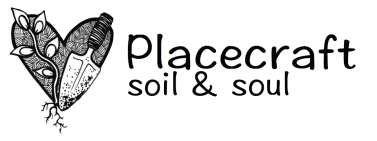
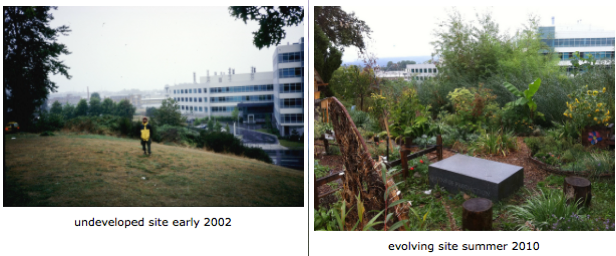
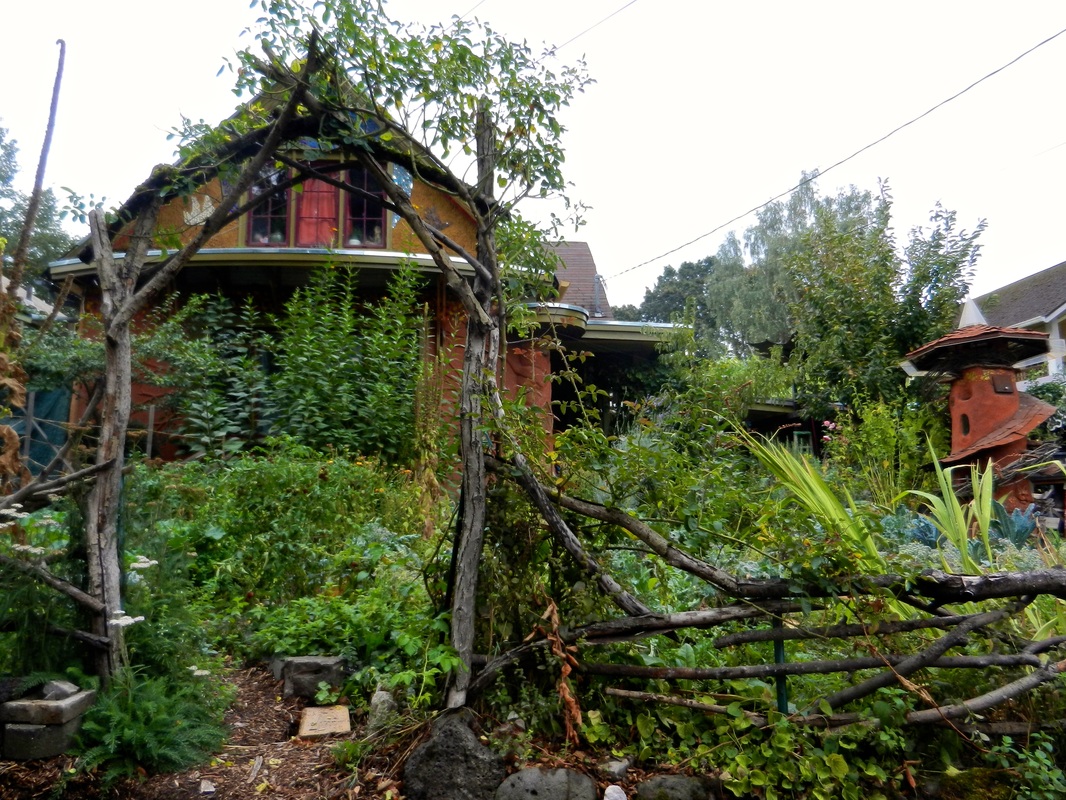

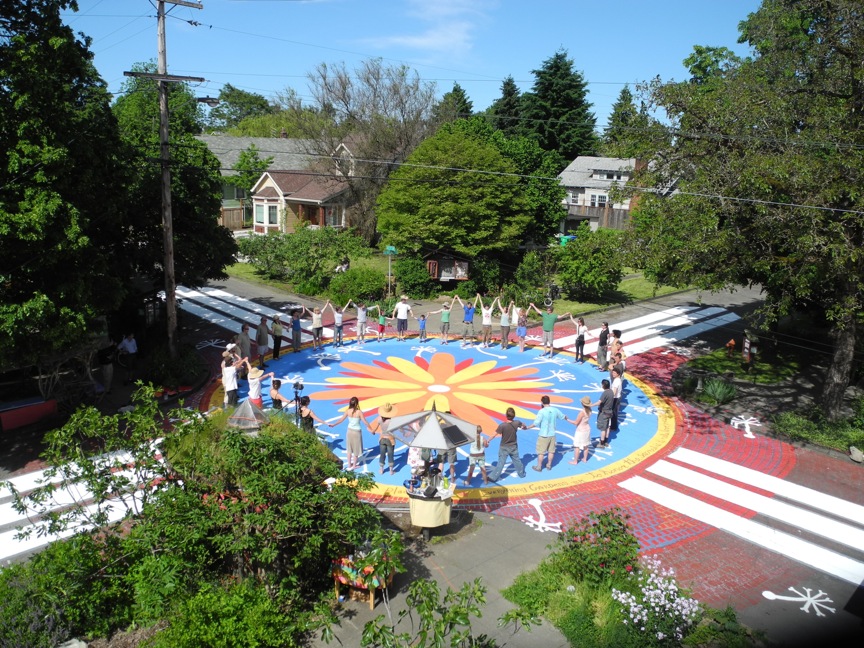
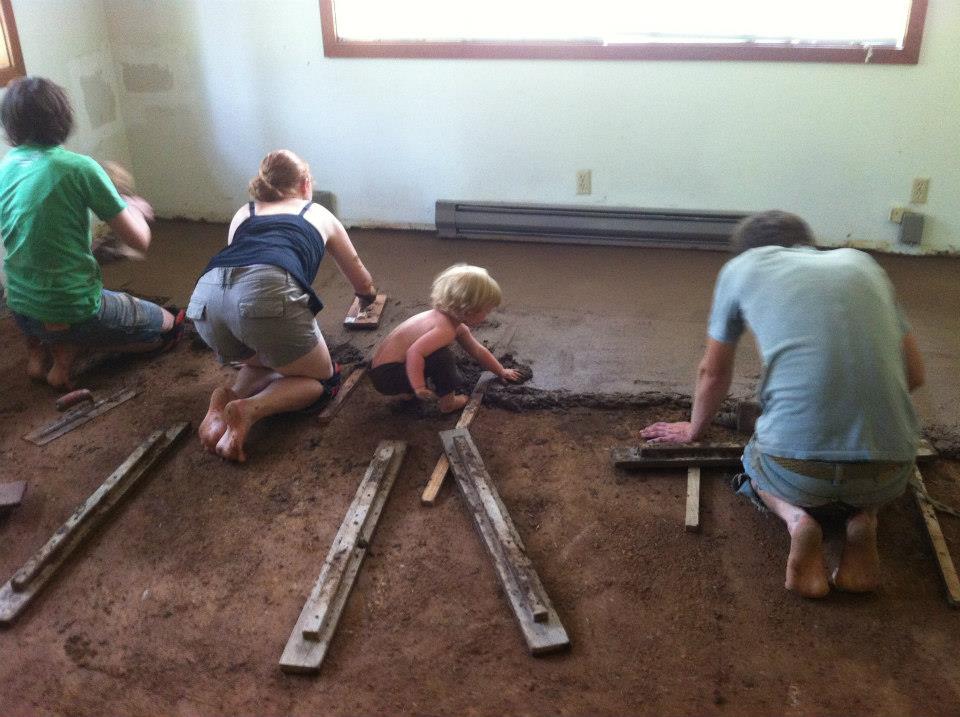
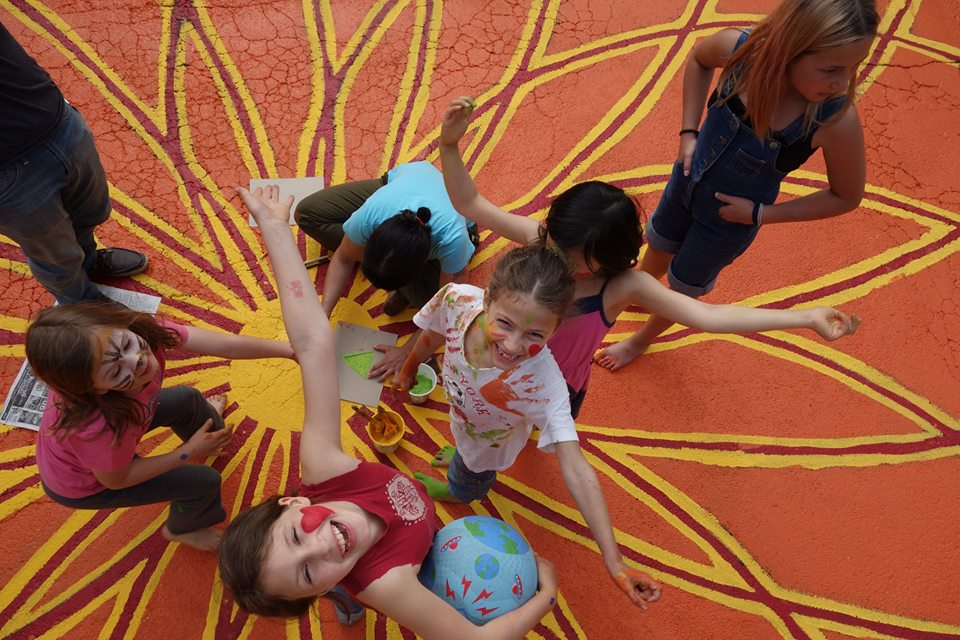
 RSS Feed
RSS Feed
